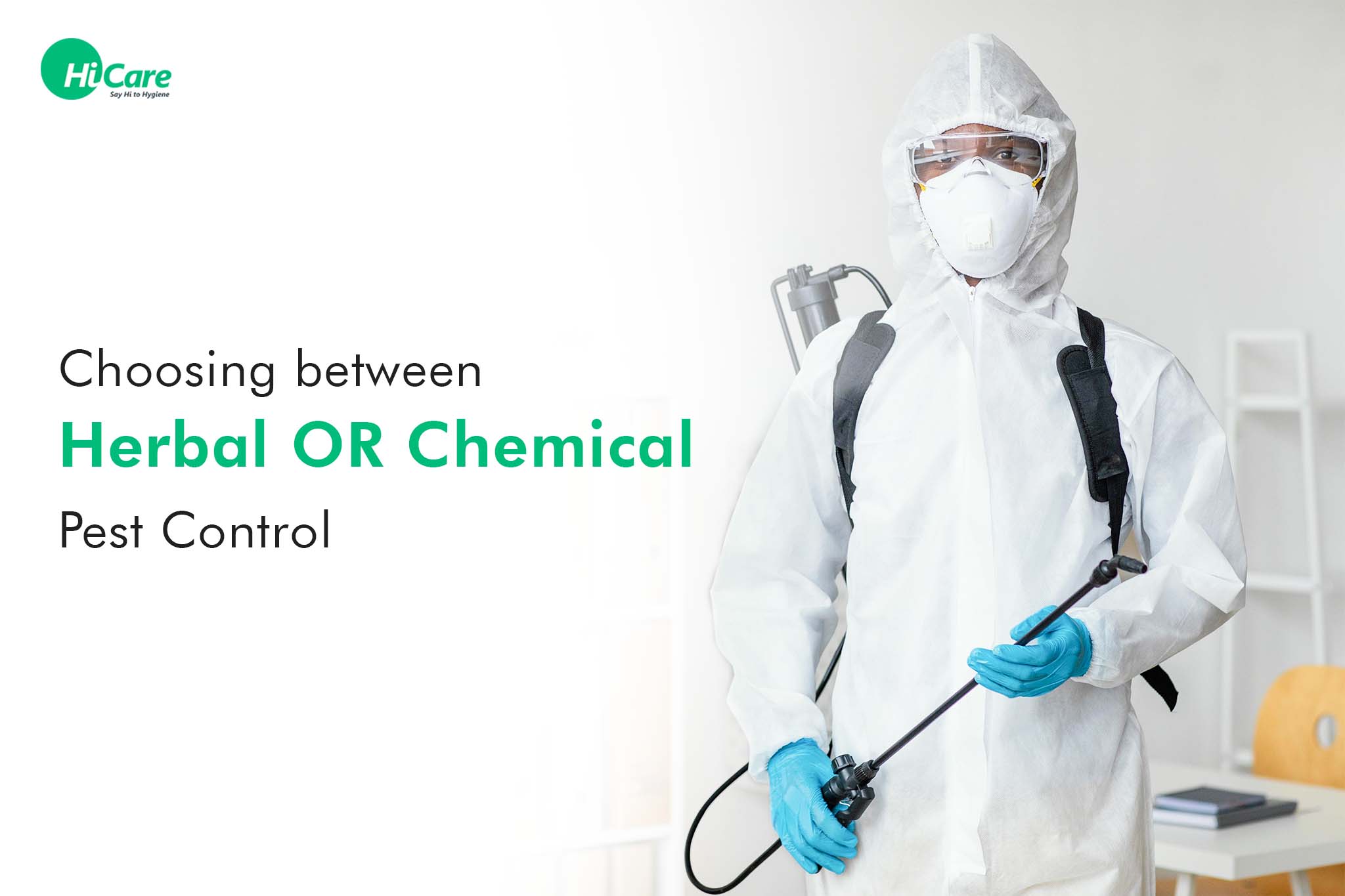A1 Charlotte Pest Control Companies - Your Local Pest Professionals
A1 Charlotte Pest Control Companies - Your Local Pest Professionals
Blog Article
Bed Bug Treatment Breakdown: Contrasting Chemical Vs. Non-Chemical Solutions
In the world of insect control, specifically when handling the relentless problem of bed insects, the choice between chemical and non-chemical therapy solutions can be a pivotal one. Both approaches supply distinctive advantages and downsides, affecting elements such as effectiveness, safety considerations, and total expense. By taking a look at the nuanced information of each approach, a more clear understanding of which course to pursue in attending to a bed bug problem can be attained.
Effectiveness of Chemical Treatments
Chemical therapies for bed bug problems have actually been widely acknowledged for their fast and potent efficiency in eradicating these pests. When taking into consideration the effectiveness of chemical therapies, it is vital to comprehend that they can provide a complete and fast option to a bed insect trouble. Specialist pest control experts usually depend on insecticides to target bed insects at various phases of their life process, including fairies, eggs, and grownups. These chemicals usually function by interfering with the bed insects' nervous system, causing paralysis and eventual fatality.
In addition, chemical therapies have the benefit of providing residual results, meaning that they can remain to eliminate bed pests also after the preliminary application. This residual action is especially advantageous in combating any possible re-infestations. Furthermore, the fast activity of chemical therapies can bring relief to people facing serious bed insect infestations, permitting them to regain control of their home rapidly.
Safety Worry About Chemical Solutions
One essential facet that needs careful factor to consider when utilizing chemical services for bed insect therapy is making sure the safety and security of owners and the atmosphere. Direct exposure to certain chemicals utilized in bed insect therapies can lead to respiratory concerns, skin inflammation, or other negative reactions, especially in individuals with pre-existing conditions or level of sensitivities.
In addition, the environmental influence of chemical remedies is one more considerable consideration. Some chemicals utilized in bed pest therapies might be harmful to helpful insects, wild animals, and ecosystems if they leach right into the dirt or water systems. It is necessary to utilize chemical treatments deliberately, following safety and security guidelines, and thinking about less hazardous options to mitigate these dangers and make certain the effective and safe administration of bed insect invasions.
Advantages of Non-Chemical Strategies
Taking into consideration the prospective safety worries and check out here environmental effect connected with chemical options for bed bug therapy, discovering non-chemical strategies provides an appealing option with a number of unique benefits. Non-chemical approaches offer a safer option for households, specifically those with family pets, individuals, or youngsters conscious extreme chemicals. These approaches eliminate the threats of exposure to toxic substances, lowering the possibility for adverse wellness impacts. Furthermore, non-chemical therapies are eco-friendly, as they do not contribute to air or water air pollution, making them a sustainable choice for pest control.
Furthermore, non-chemical remedies can be reliable in targeting bed pests, including hard-to-reach areas where chemical therapies may not permeate - A1 exterminators charlotte nc. Techniques such as warmth treatment, vacuuming, heavy steam cleaning, and cushion coverings supply thorough elimination without the use of harmful chemicals.
Limitations of Non-Chemical Treatments

Additionally, non-chemical therapies usually require numerous applications to accomplish successful removal. This can be lengthy and might not constantly guarantee full elimination of all bed pests and their eggs, specifically in concealed or hard-to-reach areas.
In addition, the success of non-chemical treatments heavily relies upon proper implementation and thoroughness, which can be challenging for people without professional proficiency. Insufficient application of non-chemical approaches might cause incomplete obliteration, causing persistent infestations and the need for extra treatments.
Consequently, while non-chemical therapies have their benefits, it is important to recognize these restrictions and consider them when identifying the most reliable strategy for handling bed bug infestations.
Price Contrast: Chemical Vs. Non-Chemical Options
Provided the constraints connected with non-chemical treatments, a a pest control crucial aspect to review in the context of bed pest monitoring is the cost comparison in between chemical and non-chemical choices. In contrast, non-chemical therapies like heat therapy or steam can be much more pricey, with costs varying from $1,000 to $6,000 for an entire home. While the initial price of chemical therapies Continued might seem reduced, numerous treatments may be called for to totally eliminate the infestation, potentially increasing the overall price.
Conclusion

Considering the potential security issues and environmental effect connected with chemical services for bed pest treatment, checking out non-chemical approaches presents an appealing choice with a number of distinct benefits.Given the restrictions connected with non-chemical therapies, a crucial facet to evaluate in the context of bed bug administration is the price contrast in between chemical and non-chemical options. In comparison, non-chemical therapies like heat treatment or heavy steam can be more costly, with costs varying from $1,000 to $6,000 for an entire home. While the preliminary price of chemical treatments might seem reduced, several treatments may be called for to completely eradicate the invasion, possibly raising the overall expense.In verdict, when contrasting chemical and non-chemical bed pest treatment options, it is necessary to take into consideration efficiency, security, advantages, constraints, and expense.
Report this page